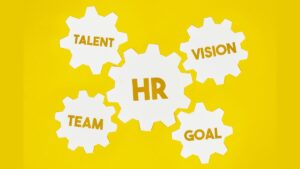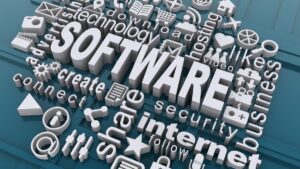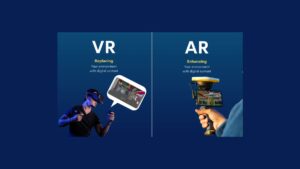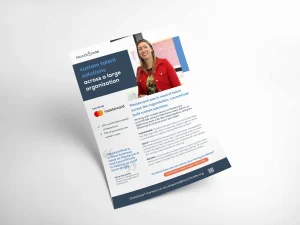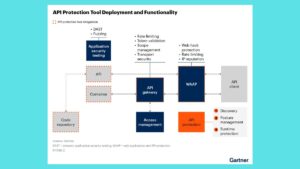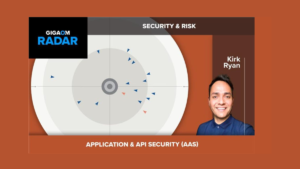The Future of Human Experience in the Workplace: What to Expect by 2025

Workplaces are evolving at an unprecedented pace, driven by technological innovation, shifting employee expectations, and global socio-economic changes. As we approach 2025, the concept of the “human experience” in the workplace is becoming a strategic focus for organizations aiming to attract, retain, and engage talent effectively.
This blog explores how the future workplace will redefine human experience, integrating technology with empathy to create environments where employees thrive.
What Is the Human Experience in the Workplace?
The human experience in the workplace goes beyond traditional employee engagement. It encompasses how employees feel, connect, and grow within their roles and the organization. Key aspects include:
- Emotional Well-Being: Creating a supportive and inclusive culture.
- Purpose and Meaning: Ensuring employees find value in their work.
- Connection and Collaboration: Fostering strong relationships, both in-person and virtually.
- Growth and Development: Providing opportunities for learning and career progression.
By 2025, these elements will be enhanced by cutting-edge technologies and a deeper understanding of employee needs.
Key Trends Shaping the Future of Human Experience
1. Personalized Work Experiences
Employees increasingly expect workplaces to cater to their individual needs and preferences. By 2025, personalization will be at the forefront of workplace strategies:
- AI-Driven Insights: Using AI to understand employee behavior, preferences, and productivity patterns to tailor experiences.
- Flexible Work Models: Offering remote, hybrid, and in-office options based on individual roles and lifestyles.
- Customized Benefits: Providing wellness programs, learning paths, and perks that align with personal goals.
2. Technology-Enabled Collaboration
Advanced collaboration tools will redefine teamwork and connectivity, making it seamless across geographies.
- Immersive Technologies: Virtual reality (VR) and augmented reality (AR) will create interactive virtual workspaces for brainstorming and collaboration.
- AI-Powered Assistants: Virtual assistants will streamline meetings, summarize discussions, and track action items.
- Unified Communication Platforms: Integration of chat, video, and project management tools into a single interface for efficiency.
3. Emphasis on Employee Well-Being
The pandemic underscored the importance of mental and physical well-being. By 2025, organizations will adopt holistic well-being programs:
- Mental Health Support: AI tools will offer real-time stress management resources, and organizations will prioritize access to therapists and counselors.
- Physical Health: Wearable tech integrated with workplace wellness initiatives will encourage healthy habits.
- Work-Life Balance: Policies supporting flexible hours, parental leave, and sabbaticals will become standard.
4. Rise of Skills-Based Organizations
The focus will shift from roles to skills, enabling employees to move fluidly within organizations based on their capabilities and interests.
- AI Skills Mapping: Identifying and matching employee skills to available opportunities.
- Continuous Upskilling: Organizations will invest in microlearning platforms and certifications to keep employees future-ready.
- Career Path Agility: Employees will have access to clear, dynamic paths that align with their evolving aspirations.
5. Redefining Leadership
Leadership in 2025 will emphasize empathy, inclusivity, and adaptability. Leaders will:
- Act as Coaches: Focus on guiding and empowering employees rather than micromanaging.
- Leverage Data: Use analytics to understand team dynamics and make informed decisions.
- Champion Diversity and Inclusion: Foster a culture where everyone feels valued and supported.
6. Sustainable Work Environments
Sustainability will be central to the workplace experience, reflecting both organizational values and employee expectations.
- Eco-Friendly Offices: Smart buildings with energy-efficient designs and eco-conscious amenities.
- Green Initiatives: Encouraging remote work and digital transformation to reduce carbon footprints.
- Employee-Led Programs: Supporting grassroots sustainability efforts driven by employees.
Challenges to Overcome
While the future of human experience holds immense promise, organizations must navigate several challenges:
- Balancing Technology and Human Connection: Avoiding over-reliance on tech at the expense of genuine interpersonal relationships.
- Data Privacy Concerns: Protecting employee data while using analytics for personalization.
- Diversity in Preferences: Catering to varied generational and cultural expectations in the workplace.
- Managing Change: Ensuring smooth transitions to new technologies and work models without overwhelming employees.
How Organizations Can Prepare for 2025
1. Embrace Employee-Centric Strategies
Place employees at the core of decision-making, regularly gathering feedback and acting on it.
2. Invest in Technology
Adopt tools that enhance productivity, well-being, and collaboration while ensuring they are intuitive and accessible.
3. Foster a Growth Mindset
Encourage learning and experimentation, making employees feel empowered to innovate and adapt.
4. Prioritize Inclusion
Develop initiatives that promote a sense of belonging for all employees, regardless of their background or work arrangement.
5. Measure and Iterate
Use data to track the effectiveness of workplace strategies and refine them based on employee outcomes and organizational goals.
The Workplace of 2025: A Vision
By 2025, the workplace will be a dynamic ecosystem where technology and human connection coexist harmoniously. Employees will feel more valued, supported, and engaged, driving innovation and success for organizations.
As the workplace continues to evolve, the focus on human experience will not just be a trend—it will be a necessity for attracting and retaining top talent in a competitive global market.
Is your organization ready for 2025? Contact us to explore how you can enhance the human experience in your workplace today.

